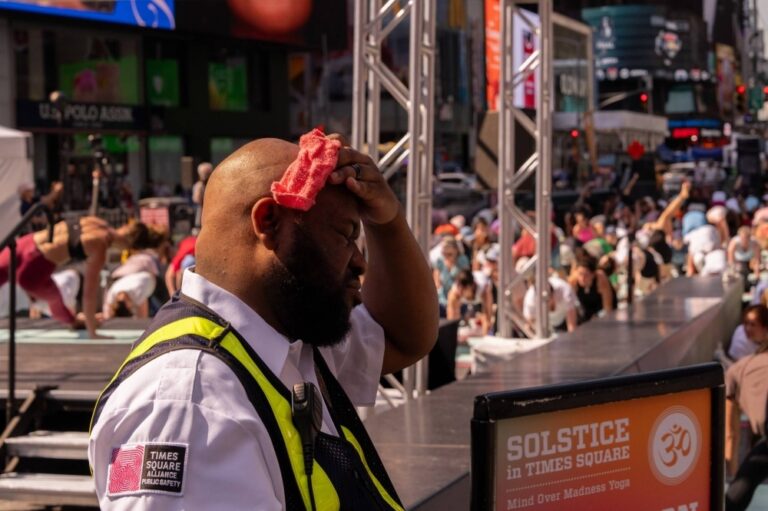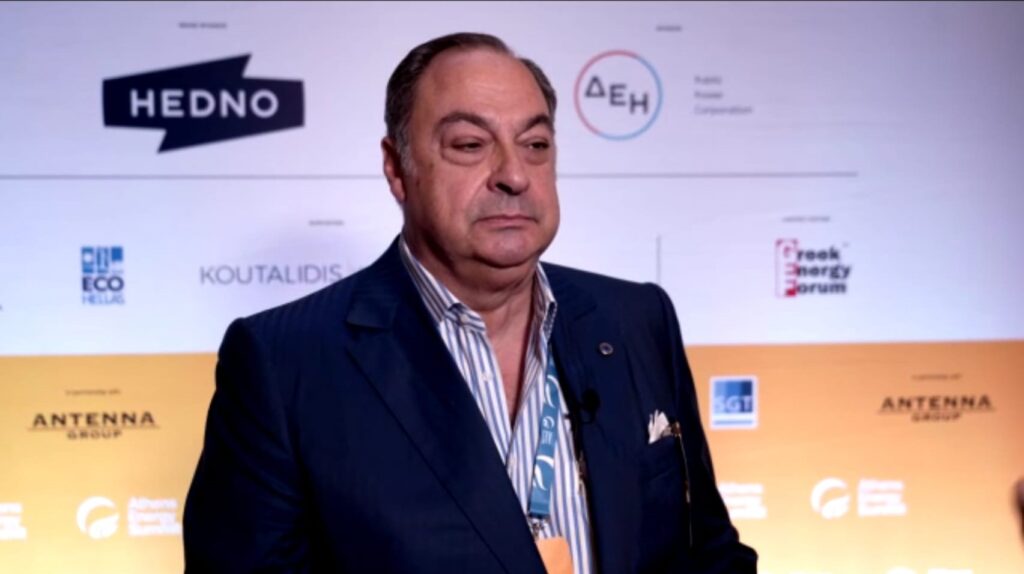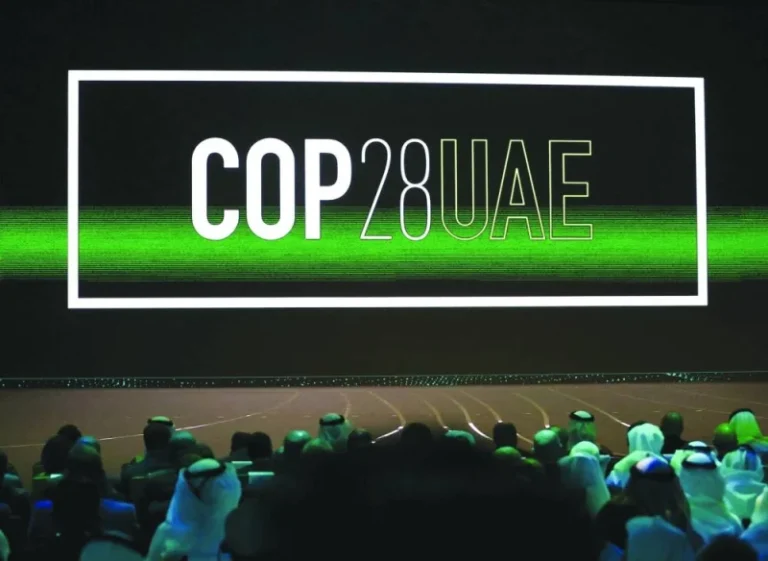Clean energy progress hinges on policy, science and action

It is tough to be optimistic about the climate these days. While the costs of extreme weather events like the Los Angeles wildfires pile up, the US federal policy pendulum is swinging away from facts, reason, and basic human decency. Nonetheless, even as the US government moves in the wrong direction, trends in science, economics, and increasingly local politics indicate that the pendulum will swing back in due course.
After all, no-one can argue with the physics of today’s clean energy technologies. Heat pumps, induction stoves, and electric vehicles (EVs) – to name just three – are fundamentally better technologies than what came before. The best gas furnaces might reach 95% efficiency, meaning they are converting 95% of the energy they use into heat; but most heat pumps easily top 200%, with some reaching 400% or more. Similar comparisons can be made between induction and gas stoves, and between EVs and gasoline- or diesel-powered vehicles. By and large, we know what technologies we should be using to eliminate greenhouse-gas emissions; and in cases where we don’t, we know what kinds of things to try.
This knowledge extends well beyond EVs and heat pumps to entire industrial sectors like cement or iron and steel. Here, outgoing US President Joe Biden’s administration has made an important contribution with the Department of Energy’s Liftoff Reports, which chart pathways to commercialisation for a broad selection of low-carbon technologies.
Consider cement, which accounts for some 8% of annual global greenhouse-gas emissions. Ordinary Portland cement, patented 200 years ago, has dominated the sector for decades. While measures like clinker substitution and efficiency improvements can abate up to 40% of emissions, getting to zero will require additional steps. These generally fall into two categories: cutting emissions from producing Portland cement or switching away from it altogether. Promising US start-ups like Brimstone and Sublime Systems are racing to demonstrate that either path is commercially viable.
One key ingredient is public subsidies to help firms climb the learning curve and slide down the cost curve toward faster commercialisation. Both Brimstone and Sublime Systems received early research and development funding from the US Advanced Research Projects Agency-Energy (ARPA-E) and have now advanced to the deployment stage, receiving up to $190mn and $90mn, respectively, to build their first commercial plants. All told, the Bipartisan Infrastructure Law and the Inflation Reduction Act allocated around $100bn for such purposes, with public funding contingent on matching private investments.
Moreover, these sums are dwarfed by the Department of Energy’s loan programme. With just $17bn in taxpayer funds, the IRA authorises the department’s Loan Programs Office to lend $350bn for investments in clean energy and domestic EV manufacturing. And those public funds then catalyse multiples more in private investments. While some Republicans and members of Donald Trump’s incoming administration want to cut this programme, doing so would only hurt US competitiveness.
Can we restore sanity to our national policies? It might be trite to say that change begins at home, but what is trite is often true. A good place to look is New York. While the city has many problems, its climate policies are not among them. Around 70% of New York’s direct emissions come from heating and cooling buildings, while the other 30% comes from cars and trucks. Fortunately, Local Law 97 is already addressing the former. The law is one of the most ambitious decarbonisation measures for buildings anywhere, requiring most to reduce their emissions by 40% this decade, and by 100% by 2050. And while New York can do only so much about vehicle emissions, its long-delayed congestion pricing programme is finally being implemented. That is a good start.
Given that New York used to be the world’s most congested city, the quality-of-life improvement from less traffic can already be felt. The same goes for another measure that took an absurdly long time to address: the lack of trash bins. Over the past year, the city has finally issued official trash, recycling, and compost bins, with enforcement for residential buildings beginning this month. Cleaning up our own act – including with mandatory composting and other policies – will not save the planet. But effective government just might.
Physics alone will not push the pendulum all the way back to where it was before. That will require policies based on sound economics. As long as Trump does not break the fulcrum and bring the entire pendulum crashing down, policies pioneered by his predecessor and by local communities will continue to be a force applying pressure in the right direction. — Project Syndicate










